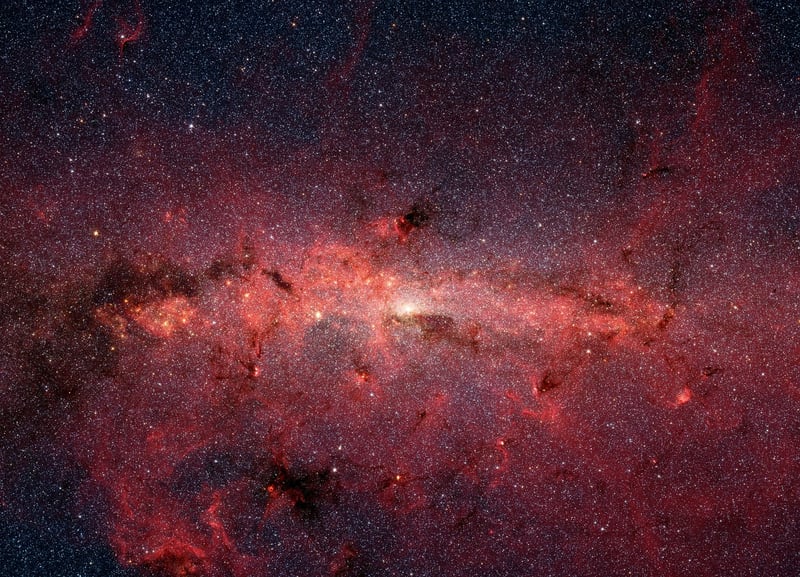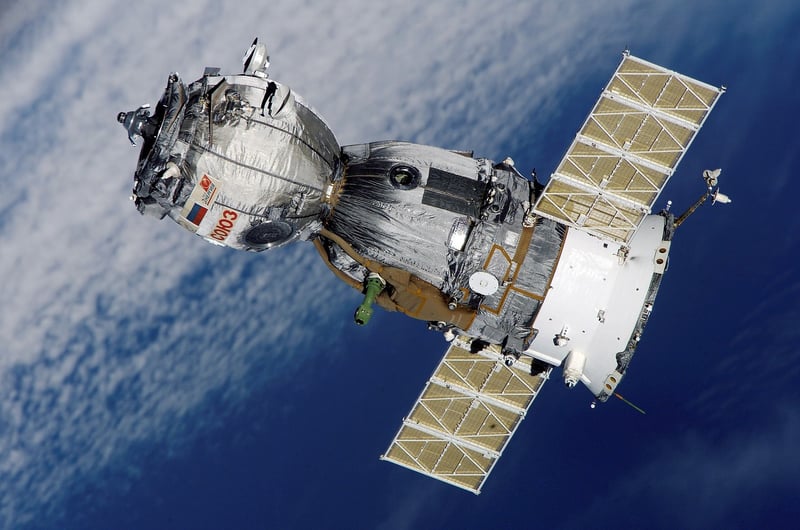Spacecraft Design
Innovations for the Stars: Spacecraft Design of the Future
Space exploration has always captivated our imagination, pushing the boundaries of what is possible and inspiring us to reach for the stars. As technology advances, so does our ability to design spacecraft that can journey further into the cosmos than ever before. Let's explore some of the cutting-edge innovations shaping the future of spacecraft design.
1. Ion Propulsion Systems
Ion propulsion systems are revolutionizing space travel with their efficient use of propellant. By ionizing gas and accelerating the ions using electromagnetic fields, these systems can achieve high speeds over long distances while consuming minimal fuel. This technology is being incorporated into spacecraft designs for missions to explore distant planets and asteroids.
2. 3D Printing
3D printing is transforming spacecraft manufacturing by enabling the creation of complex and lightweight structures that were previously impossible to build. This technology allows for rapid prototyping and customization, reducing costs and production time. In the future, entire spacecraft components could be printed in space, eliminating the need to launch them from Earth.
3. Inflatable Habitats
Inflatable habitats offer a lightweight and compact solution for long-duration space missions. These expandable structures can provide living quarters, laboratories, and workspaces for astronauts while in orbit or on other celestial bodies. By reducing the launch volume and weight, inflatable habitats make it more feasible to transport larger habitats for deep-space exploration.
4. Autonomous Systems
Autonomous systems are becoming increasingly important in spacecraft design to enable self-sufficient operations and decision-making. From autonomous navigation to onboard maintenance, these systems enhance mission efficiency and reduce reliance on ground control. Future spacecraft will rely on AI and machine learning algorithms to adapt to changing environments and unforeseen challenges.
5. Solar Sails
Solar sails harness the pressure of sunlight to propel spacecraft through space. By deploying large reflective sails, these vehicles can achieve continuous acceleration without the need for traditional propellants. Solar sails offer a cost-effective and sustainable propulsion method for long-duration missions to explore the outer reaches of our solar system and beyond.
Conclusion
The future of spacecraft design is full of exciting possibilities, driven by innovative technologies that are reshaping how we explore the cosmos. From ion propulsion systems to inflatable habitats, these advancements are paving the way for humanity to venture further into the stars than ever before. As we continue to push the boundaries of space exploration, the spacecraft of tomorrow will be equipped to unlock the mysteries of the universe.
Are you excited about the future of spacecraft design? Share your thoughts and join the conversation on the NASA website.



